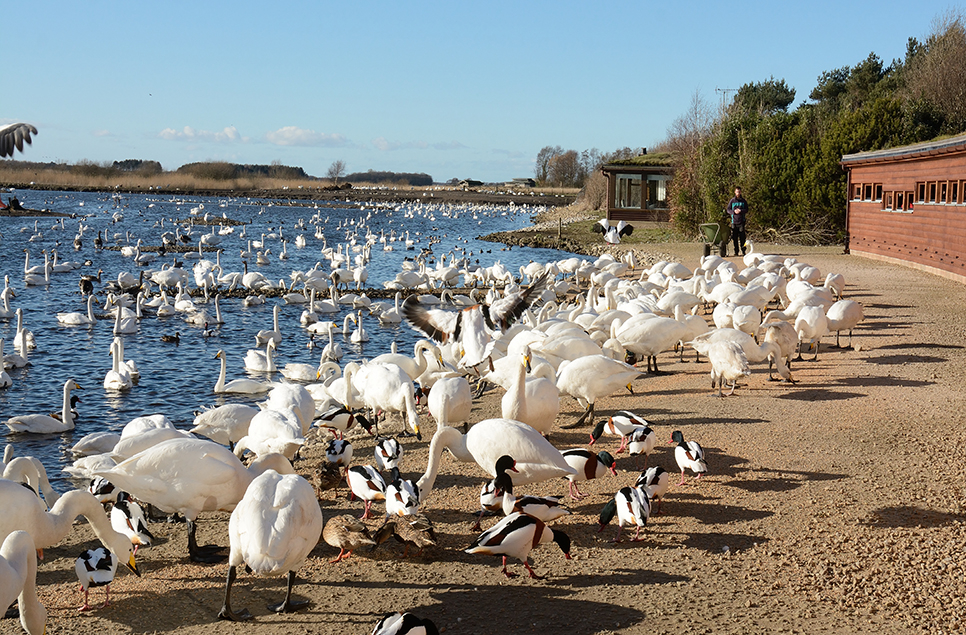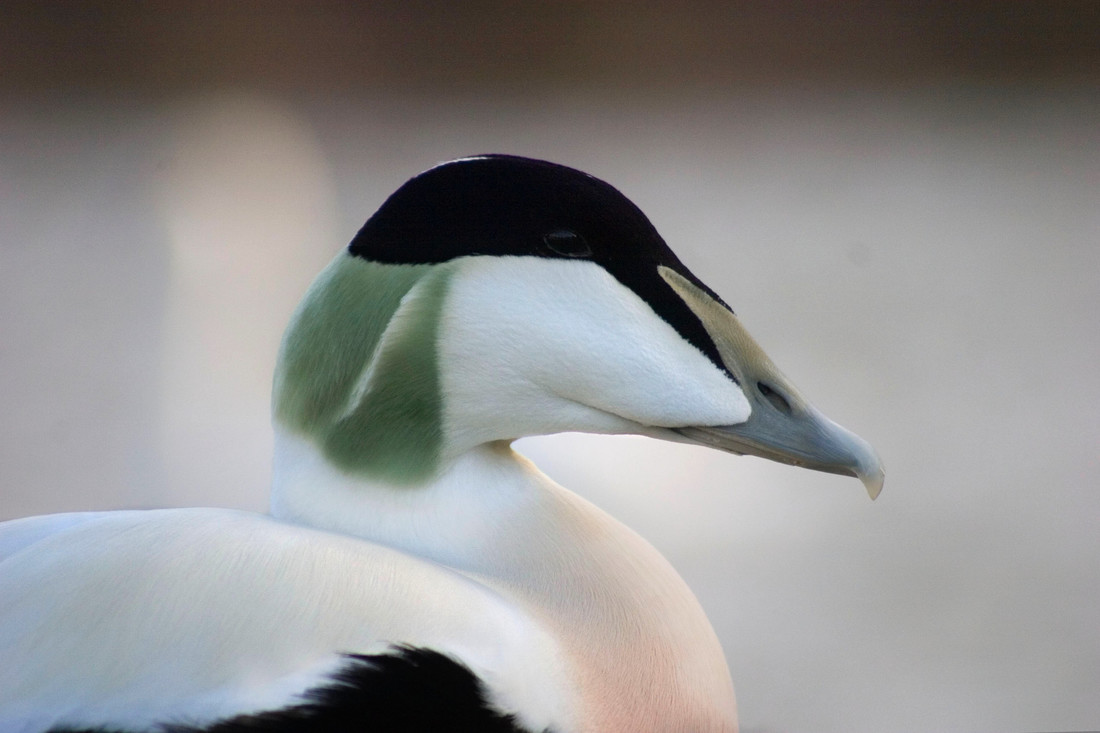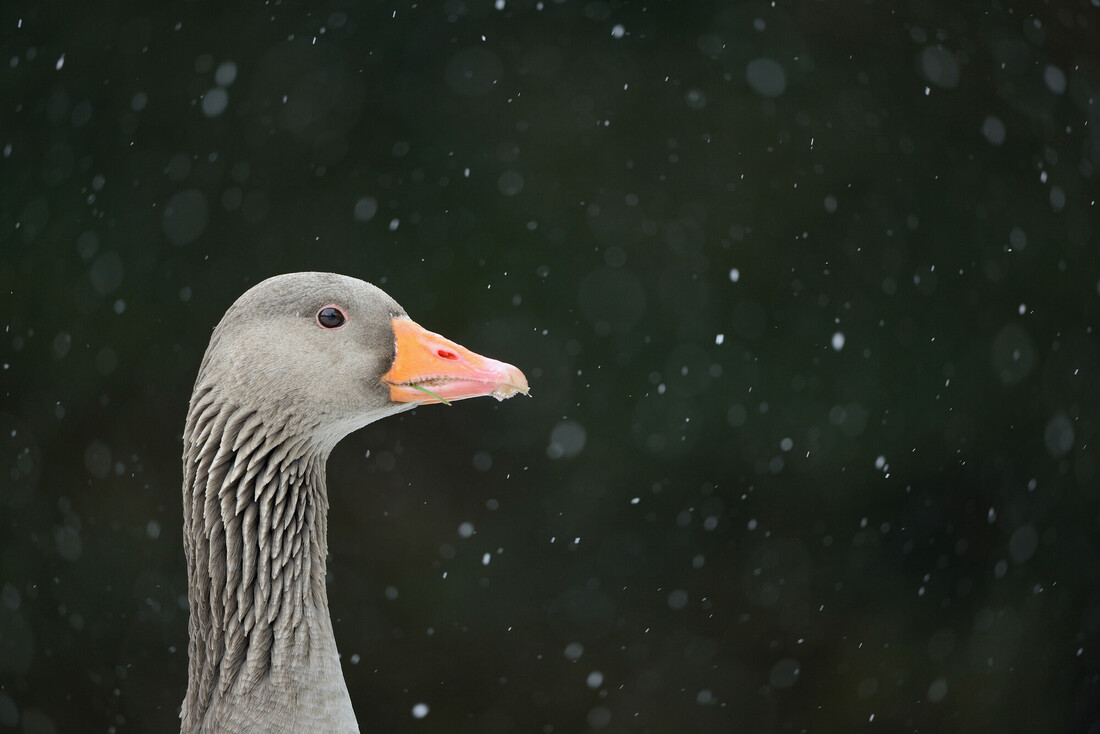Whooper Swans now back from Iceland

At Martin Mere, in October, we always celebrate the return of the pink-footed geese but, as we head into November, we look forward to welcoming back our whooper swans.
The swans usually start arriving in large numbers in the first half of November and build to a peak in January and February. This year, some of the whoopers arrived earlier than usual and we have had up to 150 birds for the last three weeks.
Just like the pink-footed geese, the whooper swans that winter in West Lancashire also come from Iceland. They are cousins of our resident Mute Swan but, instead of having a red bill, have a yellow bill, with the patch of yellow differing between individuals.
It is the different patches of yellow which has enabled us to identify individual birds by recording their bill patterns. This allowed their movements, to and from Iceland, to be monitored year to year and also allowed for family ties to be identified between birds.
Nowadays, the birds are studied through the use of plastic leg rings, printed with large numbers. Our monitoring staff and volunteers keep track of the birds and enter the ring numbers into a database for record keeping. Visitors to Martin Mere can also make use of the database in our Discovery Hide, where an interactive display allows visitors to enter the ring numbers they can see. Once a ring number is entered, details of the bird’s life history are displayed; including when the bird first came to Martin Mere, which bird it is mated with and how many offspring it has produced over the years.
It is really easy to read the rings, especially when they come right up to the hides at our daily swan feeds, which start at 3pm every day and which are one of the best winter wildlife spectacles in the UK.
In other bird news, visitors to our Bird Fair turned up a number of good birds including snow goose, great egret, bittern, willow tit and brambling, as well as the continued starling murmuration and the pink-footed geese coming in to roost. Both the bittern and the great egret were even seen within the fenced are of the Martin Mere wildfowl collection in the Wild Walk area. This is a first for the site and, with little egret and grey heron, now takes the number of species of herons seen in the grounds to four.



